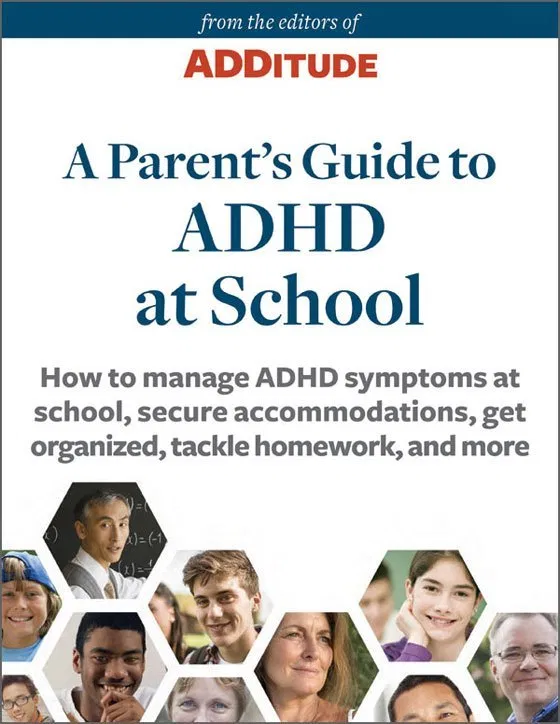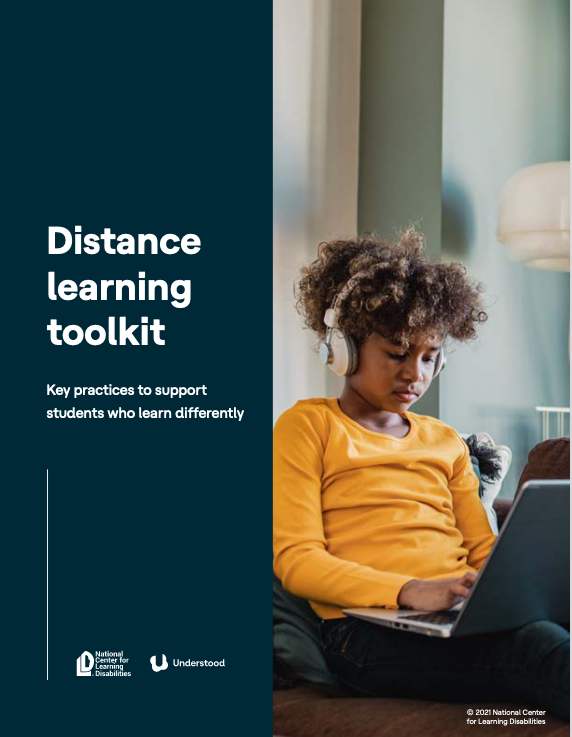SEL Programs Benefit From Partnerships, Adults’ Skills [downloadable]
 Social-emotional learning programs can benefit from adults’ knowledge of their own SEL skills, according to a report from the RAND Corp. and the Wallace Foundation.
Social-emotional learning programs can benefit from adults’ knowledge of their own SEL skills, according to a report from the RAND Corp. and the Wallace Foundation.
The report, based on 5,000 surveys of school and after-school program staff, as well as 850 additional interviews and thousands of observations, also found effective SEL supports benefited from a shared vision of SEL skill development.
However, effective out-of-school-time (OST) partnerships, which the report says “have a lot of potential” to help students’ SEL development, face structural and logistical barriers like high staff turnover in OST programs and different times of operation that prevent points of connection.
Many districts that had already put in place SEL strategies throughout closures will be continuing efforts as closures extend or are putting recovery plans in place for the fall as students return to brick-and-mortar. Efforts include home visits, regular phone calls, advisory groups, one-on-one time between students and school counselors, and online student media monitoring through platforms like Gaggle.
“For many schools and OST programs, efforts to implement social and emotional learning are still relatively new,” said Heather Schwartz, director of the Pre-K to 12 educational systems program and a senior policy researcher at the RAND Corp., in a statement.
The report suggests that for out-of-school time programs to work as part of those efforts, school and program staff need to develop shared norms, language, practices, and trust and respect for one another.
The report follows a separate RAND survey showing 80% of teachers wanted professional development in SEL. In that survey, elementary-level teachers were more likely to express that their schools put in place SEL supports compared to their secondary-level counterparts.
It also showed three out of four teachers received some professional development that addressed SEL during the 2018-19 school year. However, that PD was least likely to show teachers how to adapt SEL to different cultures or backgrounds, or how to use student SEL data — both of which being challenges during closures and important in the return to the classroom when students are given SEL screenings.
Excerpted from “Report: SEL programs benefit from partnerships, adults’ skills” in Education DIVE. Read the full article online.
Source: Education DIVE | Report: SEL programs benefit from partnerships, adults’ skills, https://www.educationdive.com/news/report-sel-programs-benefit-from-partnerships-adults-understanding-of-ow/587415 | © 2020 Industry Dive
Report Insights
Download a PDF of the report, Early Lessons from Schools and Out-of-School Time Programs Implementing Social and Emotional Learning from the Wallace Foundation Knowledge Center.
Among the early lessons for those considering SEL efforts are: Focus on developing a set of social-emotional skills of both students and adults; define those skills and plan the needed supports from school districts and OST intermediary organizations; develop a common language for SEL that can build shared understanding of the terminology among school and OST staffers; set aside staff time for clear and frequent communication; and document and formalize SEL routines and practices, such as protected time for SEL in the school/OST schedule, so they can survive staff turnover.
Key Findings
- A community-wide definition of SEL, shared terminology and guidance on what skills and practices to focus on were helpful to site leaders carrying out the work.
- A mutual commitment to SEL and making time for in-person meetings were important means of getting school-OST partnerships under way.
- The communities taking part in the effort viewed adult SEL skills, such as establishing and maintaining healthy relationships, as a foundation for students’ SEL skill building.
- SEL rituals and routines, such as warmly greeting students and closing with an opportunity to reflect on the day’s activities, were a good starting point for promoting a positive culture.
Although each community customized its approach, all sites participating in the initiative focused on four activities:
- Setting a positive climate, which refers to the features of a school or OST environment that youth and adults experience, including the physical space, culture, norms, goals, values and practices;
- Offering SEL-specific instruction to students;
- Integrating SEL, as well, into academic instruction and enrichment activities; and
- Creating mutually reinforcing SEL practices across the school and OST program day.
CHC offers free community education sessions for educators. Join us to learn practical teaching strategies you can use in your classroom to help more kids reach their promise and potential. Educator sessions are led by experienced educator/clinician teams from Sand Hill School and CHC.





